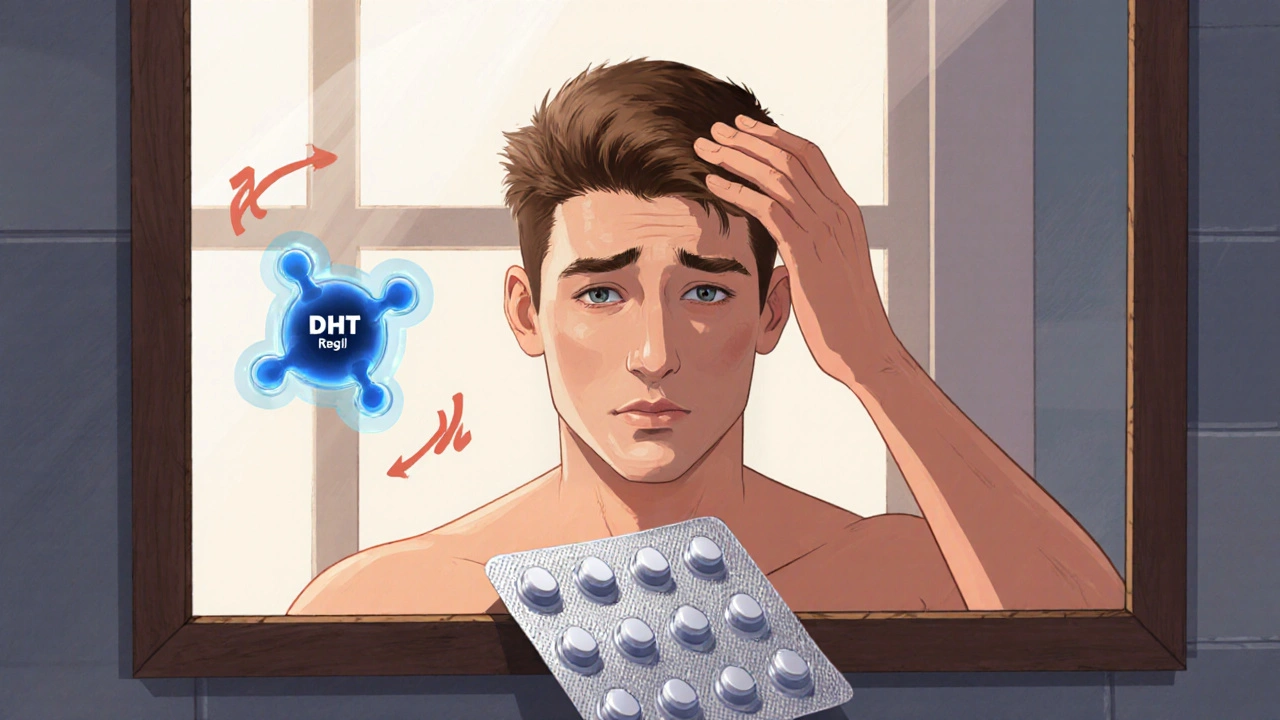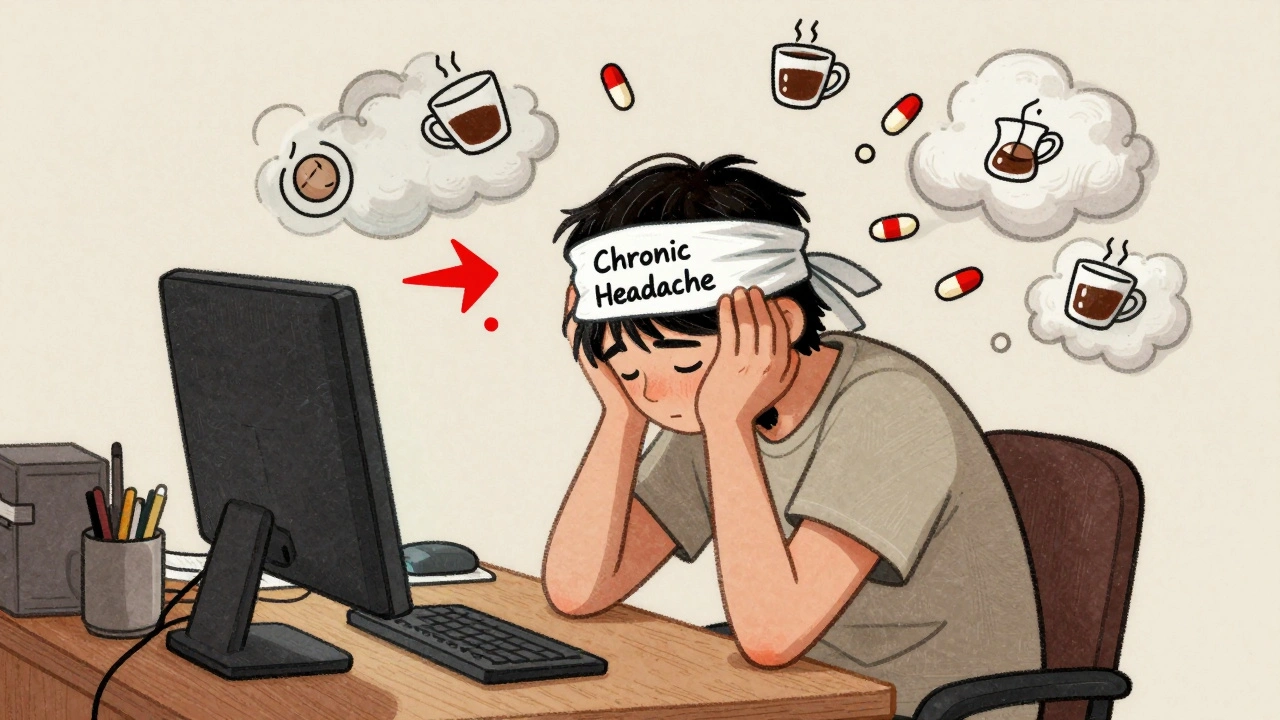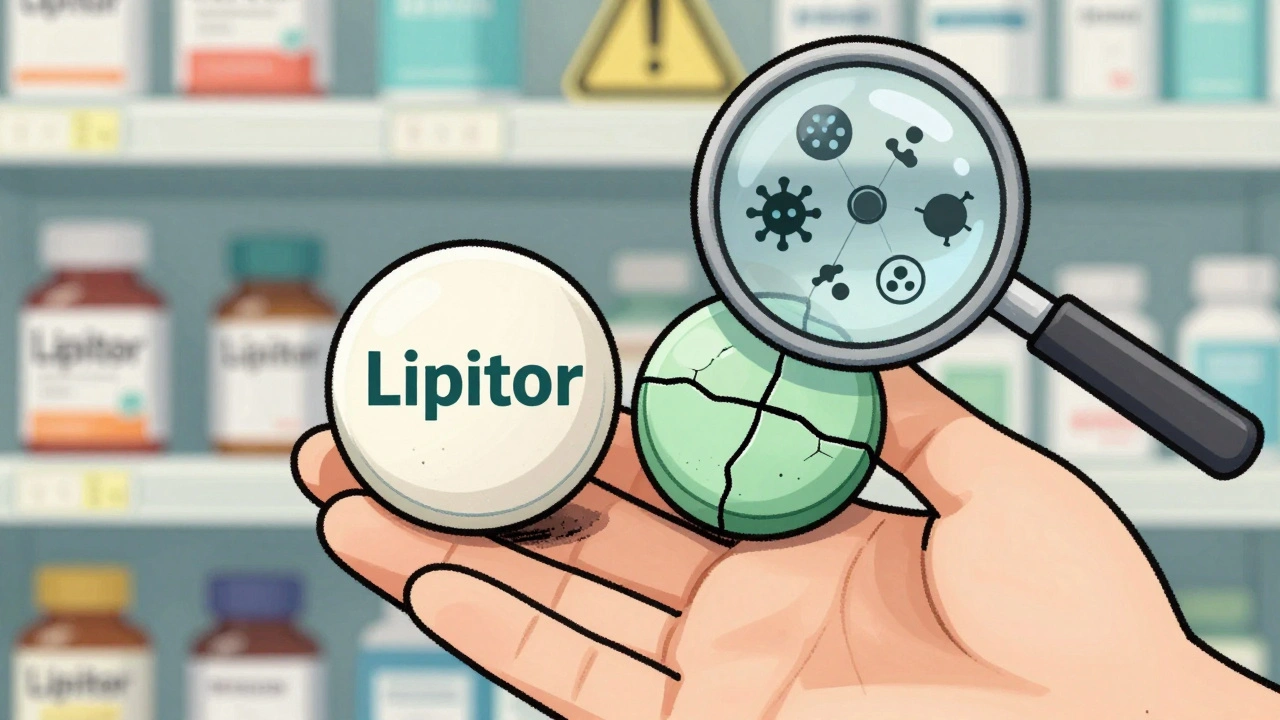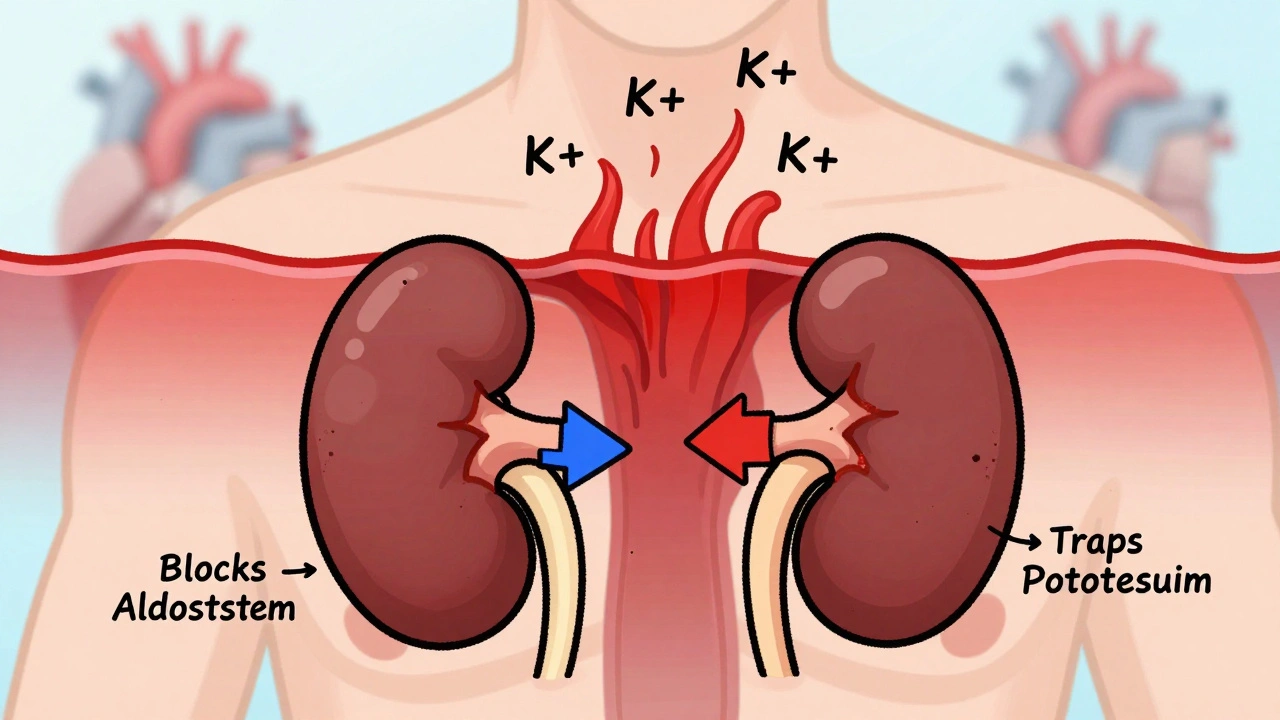Everything You Need to Know About Minoxidil
When working with Minoxidil, a vasodilator medication commonly used to stimulate hair growth in both men and women. Also known as Rogaine, it works by prolonging the anagen phase of the hair cycle and increasing follicle size. Hair loss, the progressive shedding of scalp hair that can be caused by genetics, hormones, or health conditions often stems from androgenic alopecia, a hereditary form of hair loss driven by dihydrotestosterone. Minoxidil treats hair loss by expanding blood vessels, delivering more nutrients to follicles, which in turn supports new growth.
How Minoxidil Works and Why It Matters
The core attribute of Minoxidil is its ability to widen scalp blood vessels. This vasodilation boosts oxygen and nutrient flow, extending the growth (anagen) phase of each hair strand. Studies show that regular use can increase hair count by up to 30 % within six months. The drug’s effect is dose‑dependent: a 2 % solution is standard for women, while a 5 % foam is preferred for men seeking stronger results. Side effects like scalp irritation or unwanted facial hair are usually mild and tied to concentration and application technique.
Two main delivery formats dominate the market: topical solution, a liquid preparation applied directly to the scalp with a dropper and the foam version, which many users find less greasy. Both require twice‑daily application for optimal results; skipping doses quickly reverses progress. Oral Minoxidil, originally a blood‑pressure drug, is now prescribed off‑label for severe cases, but it carries higher systemic risks and needs medical supervision.
When comparing Minoxidil to other hair‑loss therapies, Finasteride stands out as the most common oral alternative. Finasteride blocks the conversion of testosterone to dihydrotestosterone, directly addressing the hormonal driver of androgenic alopecia. While Finasteride can be more effective for male‑pattern baldness, it isn’t approved for women and may cause sexual side effects. Hair transplantation provides a permanent solution but involves surgery, cost, and recovery time—options that many prefer to explore only after exhausting topical treatments.
Effectiveness varies by age, gender, and the stage of hair loss. Younger users with recent thinning typically see faster regrowth because more viable follicles remain. Women often experience better outcomes with the 2 % solution, while men may need the 5 % formulation to combat denser balding patterns. Regardless of gender, consistency is the single most important factor; missing applications for a week can erase months of progress.
Practical tips can maximize Minoxidil’s benefits. Start with a clean, dry scalp; alcohol‑based solutions dry quickly, helping the medication absorb. Use the provided dropper or foam applicator to target the thinning zones, avoiding excess product that can run into the eyes. Track results with photos taken every four weeks—visual evidence helps you stay motivated and spot any irritation early. If you notice persistent redness or itching, reduce frequency or switch from solution to foam.
Safety considerations are essential. Minoxidil can lower blood pressure, so individuals with cardiovascular issues should consult a doctor before starting. Pregnant or nursing women should avoid it, as safety data are limited. Also, because the drug can cause unwanted hair growth on nearby skin, apply carefully and wash hands thoroughly after each use.
Armed with this overview, you’re ready to decide whether Minoxidil fits your hair‑loss plan. Below you’ll find a curated collection of articles that dive deeper into dosage guidelines, side‑effect management, comparisons with other treatments, and real‑world success stories. Explore the topics that matter most to you and take the next step toward healthier hair.

Finrest (Finasteride) vs Alternatives: In‑Depth Comparison
Compare Finrest (Finasteride) with popular alternatives, see effectiveness, side effects, costs, and real‑world scenarios to help you choose the right hair‑loss solution.





